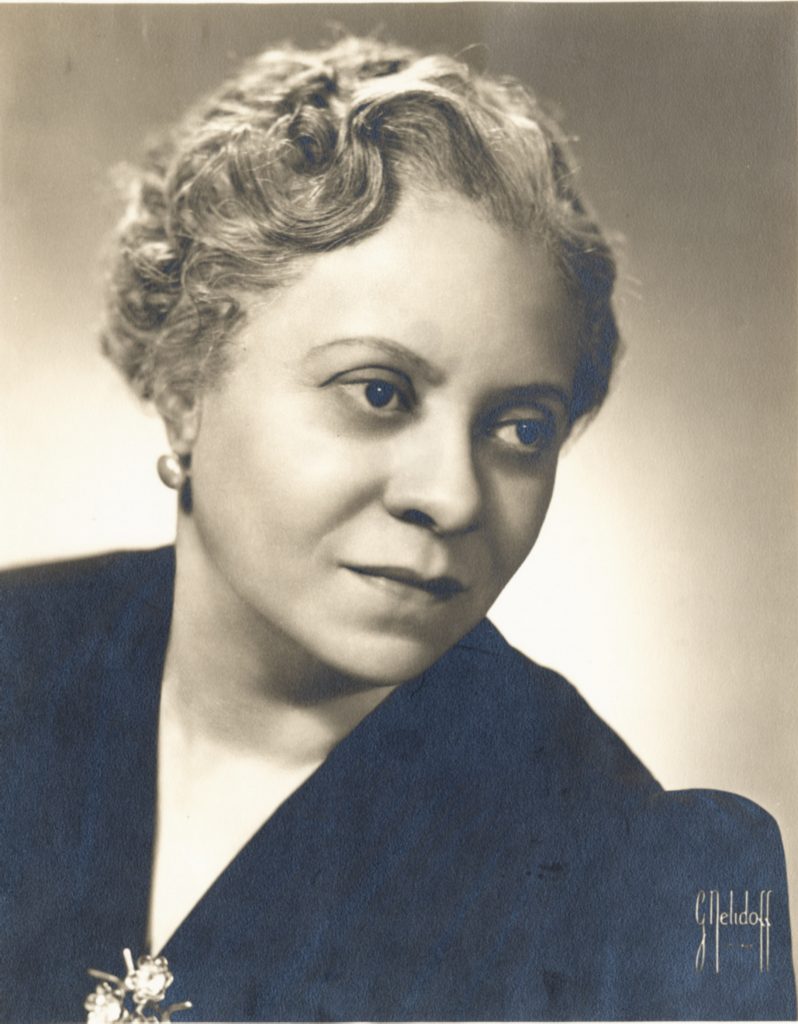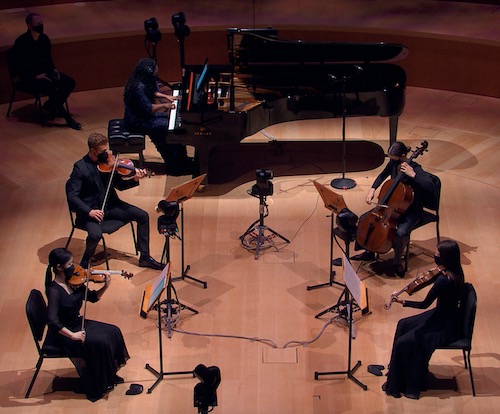New World chamber program revives music of Florence Price

A pillar of the musical establishment shared the New World Symphony’s program Saturday with the first African-American woman to have a work performed by a major orchestra.
Johannes Brahms needs no introduction, although the program drew from youthful works that showed he was pretty serious even then. The other composer was Florence Price, who grew up in segregated Little Rock, Arkansas, earned two degrees from the New England Conservatory of Music and produced songs, piano works, concertos and symphonies.
Long after her death in 1953, her work is getting more attention, with a growing number of concert performances and recordings. Intensifying the interest was the 2009 discovery of a cache of unpublished manuscripts in her rundown vacation home in rural Illinois, a find that lent a gothic mystique to her life and work. Those letters formed the basis for a short chamber opera, Francine Trester’s Florence Comes Home, premiered by Boston Shelter Opera in 2019.
New World’s online-only concert opened with two movements from Price’s String Quartet No. 2, a work composed in 1935 but that sounded like it could have been written 40 years earlier. For all Price’s outsider status, her compositions—at least the two heard here—sound fairly conservative, especially when written in an era of Schoenberg, Stravinsky and Prokofiev.
The tone of the opening Andante was distinctly American, with folksy melodies and broad harmonies reminiscent of Dvořák’s American quartet. Violinist Chelsea Sharpe brought a melancholy sweetness to the opening melody, enriching her tone as the music grew more intense with the growing complexity of the accompaniment. For this movement, Price favored the lower registers of the instruments, giving the music a dark baritone quality that couldn’t have contrasted more with the brightness of a Haydn quartet.
The most unusual element was a scherzo-like movement based on a dance called the Juba, brought from Africa to the United States by slaves. When composers insert country-dance movements into their works, the result is often a rustic, foot-stomping episode that offers more rhythmic drive than musical interest.
Not here. The Juba movement turned out to be graceful, playful and elusive, with the melody slinking from instrument to instrument over a lively syncopated accompaniment.

Next came the Scherzo from Brahms’ Piano Trio No. 1. Pianist Michelle Cann was a standout, bringing roiling force and drama to the work without overpowering her partners on violin and cello. Violinist Sophia Bernitz and cellist Amy Sunyoung Lee brought crisp precision to the ominous opening and proved congenial partners in the lyric moments that followed, as they joined together for the melody, with the three powering the work to a stirring climax.
Cann was the piano soloist in Brahms’ Ballade in D major, Op. 10, No. 2, another early work. She brought a dreamy, improvisational quality to the opening, playing in a manner that evoked Chopin rather than the 19th century’s last classicist. But that style of playing, with her rich tone, worked for this warmly lyrical music. And she played the more assertive passages that followed in a muscular, strongly marked manner that made an effective contrast.
New World’s conducting fellow Chad Goodman led a performance of the Rondo from Brahms’ Serenade No. 2 for winds. The orchestra’s woodwinds and horns were the stars, playing with luminous tones and pinpoint accuracy. Goodman directed a performance that was relaxed enough to allow the melodies room to bloom and brought out the work’s rousing energy.
The concert ended with Price’s Piano Quintet in A Minor, one of the works discovered in that dilapidated house in Illinois.
The Allegro also opens with folksy melodies that were soon subjected to European-style musical development. Harmonies here and in the following Andante were more richly Romantic than in the opening quartet, with soaring passages that recalled the high-calorie French harmonies of Chausson and Franck, framing music that was distinctly American.
Another Juba movement came next. The music was sinuously transparent, light and playful, given a jaunty quality by the bumpy rhythms of the accompaniment.
The aggressive Scherzo with which the work concludes showed another side of Price’s musical personality. This movement, with its rapid-fire bow strokes in the strings, powered forward with downhill momentum, a perpetual motion movement that provided the concert with a vigorous close.
The stream of this concert is available through Tuesday morning. nws.edu
Posted in Uncategorized
Leave a Comment
Sun Feb 14, 2021
at 8:00 pm
No Comments






